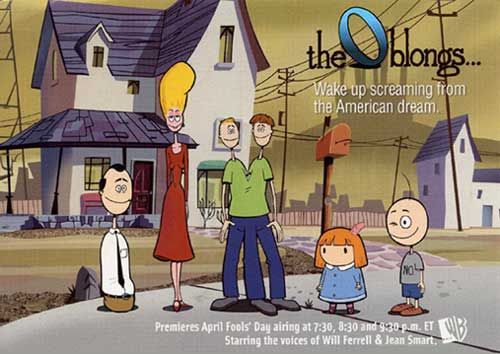This press relase details the new structure of the European Customer Relations and Sales staff.
WESTINGHOUSE RESTRUCTURES EUROPEAN ORGANIZATION
Pittsburgh, June 8 – Westinghouse Electric Company today announced the appointment of Per Brunzell as Vice President, Customer Relations & Sales, Europe and the restructuring of the Westinghouse organization in Europe.
The newly unveiled organizational structure will be led by: Mr. Brunzell; Tony Granda, Vice President, Nuclear Services Operations, Europe; David Powell, Vice President, Nuclear Fuel, Europe; and newly appointed Vice President, Government Affairs, Europe, Fernando Naredo.
In addition to these vice presidents, regional directors now function in each major country of operation, where they serve as senior executives for Westinghouse in their respective regions.
Steve Tritch, Westinghouse Electric Company President & CEO commented that the appointment and restructuring will focus on growth while providing flawless products and services. “I am confident that this new organization structure for Europe will help foster greater customer intimacy and alignment, while ensuring that we offer and deliver to our customers the highest quality products and services,” he said.
Mr. Brunzell returns to Westinghouse after a brief retirement. He brings with him an extensive base of customer and industry experience and knowledge. He will be responsible for managing Westinghouse’s relationships with customers in Europe, as well as supporting the pursuit of opportunities to expand Westinghouse’s business in existing and emerging markets in Europe and Russia.
Mr. Granda serves as Vice President, Nuclear Services Operations, Europe. In this capacity, he is responsible to ensure quality execution and on-time delivery for all Nuclear Services products and projects in Europe.
Mr. Powell continues to lead as Vice President, Nuclear Fuel, Europe. Mr. Powell’s primary responsibly is guaranteeing the delivery of fuel for Westinghouse’s European customers and enabling the growth of European Fuel Business.
Mr. Naredo, newly appointed Vice President, Government Affairs, Europe is responsible for partnering with the business units in developing new business opportunities in the European Union. In addition, Mr. Naredo is maintaining European Union relationships, monitoring legislation that may affect the nuclear industry and creating a focused liaison with the European Union and other governmental agencies in Europe and related industry associations.
Regional directors, who will now report directly to Mr. Brunzell, will maintain customer relationships, identify growth opportunities and provide oversight to ensure efficiency and customer satisfaction in their respective regions. Regional directors are: Michael Züfle, Germany and Switzerland; Bill Poirier, France; Jim Noyes, Belgium; Bob Bonner, Russia and Eastern Europe; and Rogelio de Haro, Spain. Mr. Brunzell will serve the Nordic Region.
Westinghouse Electric Company, wholly owned by BNFL plc of the United Kingdom, is the world’s pioneering nuclear power company and is a leading supplier of nuclear plant products and technologies to utilities throughout the world. Today, Westinghouse technology is the basis for approximately one-half of the world’s operating nuclear plants.







